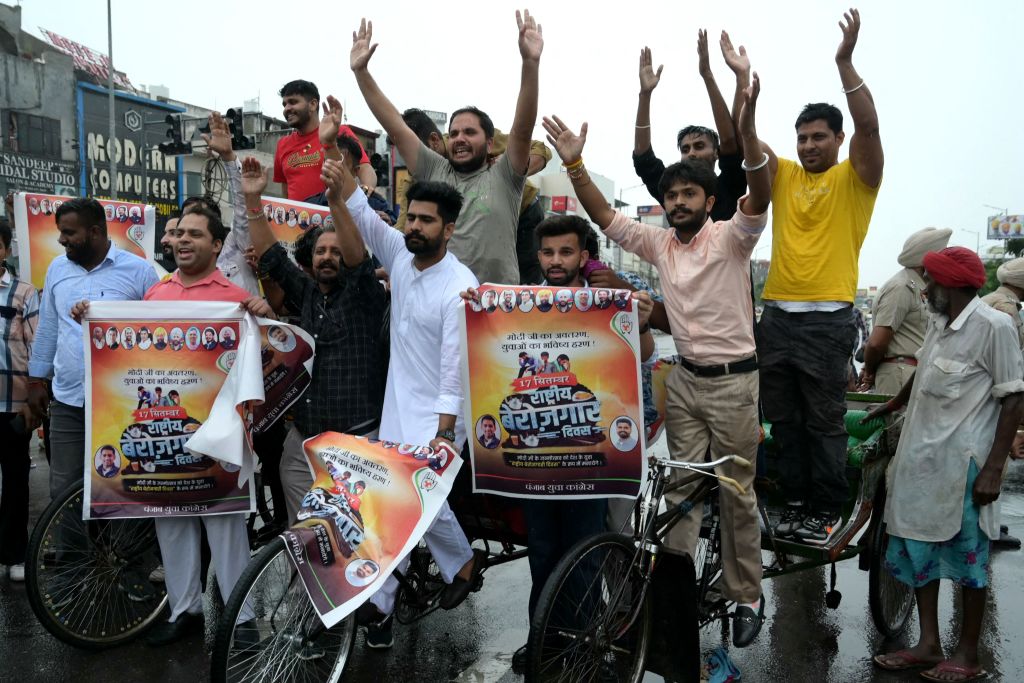- Monday, June 30, 2025
For graduates in the country, the jobless rate was 29.1 per cent, almost nine times higher than the 3.4 per cent for those who can’t read or write, a report by the Indian Labour Organisation has said.

By: indiaweekly.biz Staff
THE International Labour Organisation (ILO) has said in a worrying report that in India, young people who have received higher education are more likely to remain unemployed than those who have not been to school, Bloomberg reported.
For graduates, the jobless rate was 29.1 per cent, almost nine times higher than the 3.4 per cent for those who can’t read or write, the new ILO report on India’s labour market has shown. The report also said that the unemployment rate for young people with secondary or higher education was six times higher at 18.4 per cent.
According to the labour body, “Unemployment in India was predominantly a problem among youths, especially youths with a secondary level of education or higher, and it intensified over time.”
It also said that youth unemployment rates in India are bigger than that seen globally. The ILO added that the South Asian economy has not been able to generate enough remunerative jobs in the non-farm sector for the educated youth labour force entrants and it is reflected in the growing unemployment rate.
Read: Indian economy doing good but needs consistent reforms, says IMF’s Gita Gopinath
Indicating at a sharp mismatch between skills of the labour force and the jobs being generated, these alarming figures also emphasize the warnings given by well-known economists such as Raghuram Rajan, also a former chief of India’s central bank that India’s schooling standard will hurt it economic prospects over a period of time.
The ILO figures show that while the share of educated youth has increased from 54.2 per cent in 2000 to 65.7 per cent in 2022, that of young unemployed Indians – aged 15-29 – dropped to 82.9 per cent in 2022 from 88.6 per cent in 2000.
Read: Urban unemployment reduces to 6.6%, says Indian government
When compared against China, the jobless rate for young people aged 16-24 there climbed to 15.3 per cent in the first two months of the year, about three times more than the 5.3 per cent rate for the urban population.
Women are particularly bearing the brunt of such an economic downturn since 76.7 per cent of them constitute the total educated unemployed youth of India, against 62.2 per cent for men, the ILO figures suggest.
Joblessness in the urban areas was also more than in rural parts.
India has one of the lowest female labour force participation rates globally, at about 25 per cent, the ILO said. The rate got better during the Covid-19 pandemic following a “significant increase” in subsistence employment, it added.
The report also cautioned about a rise in so-called gig jobs, or temporary and low-paying employment, such as food delivery The labour organisation also said that digital platforms have thinned the line between employees and self-employed individuals, posing more challenges for workers.